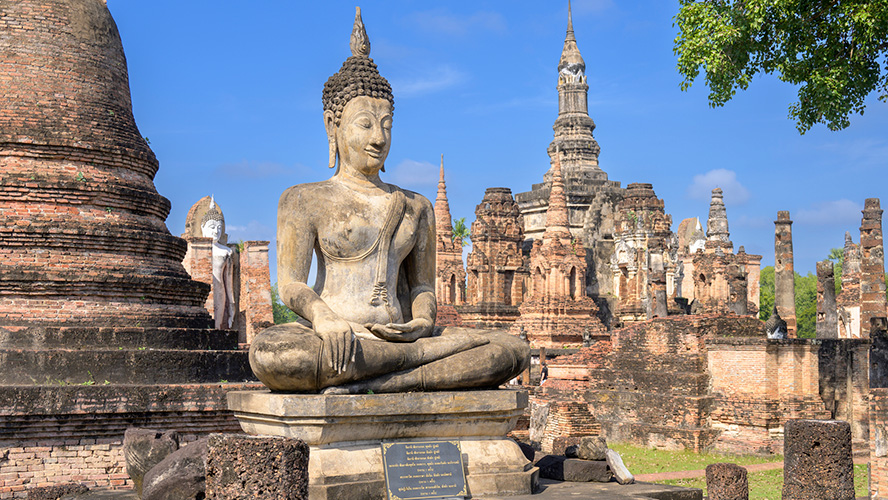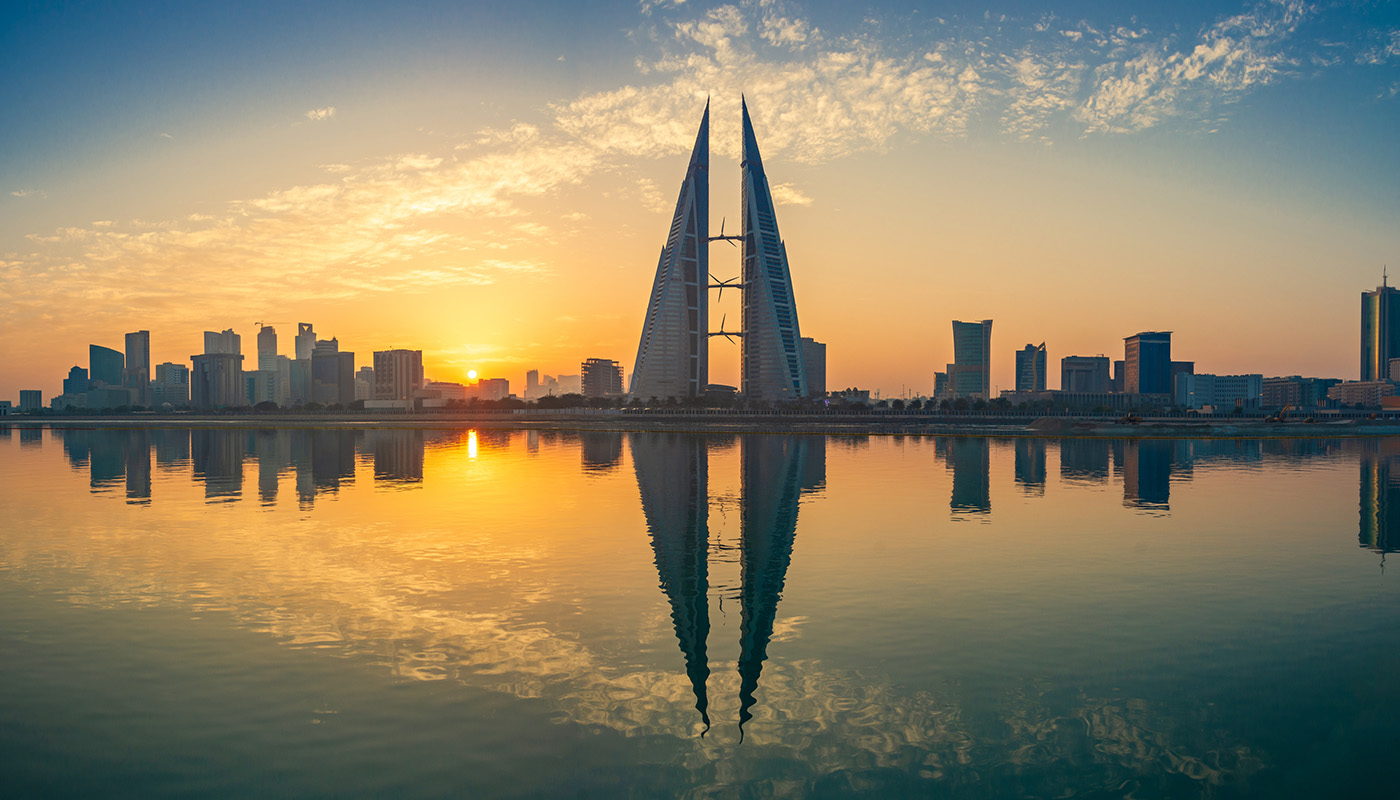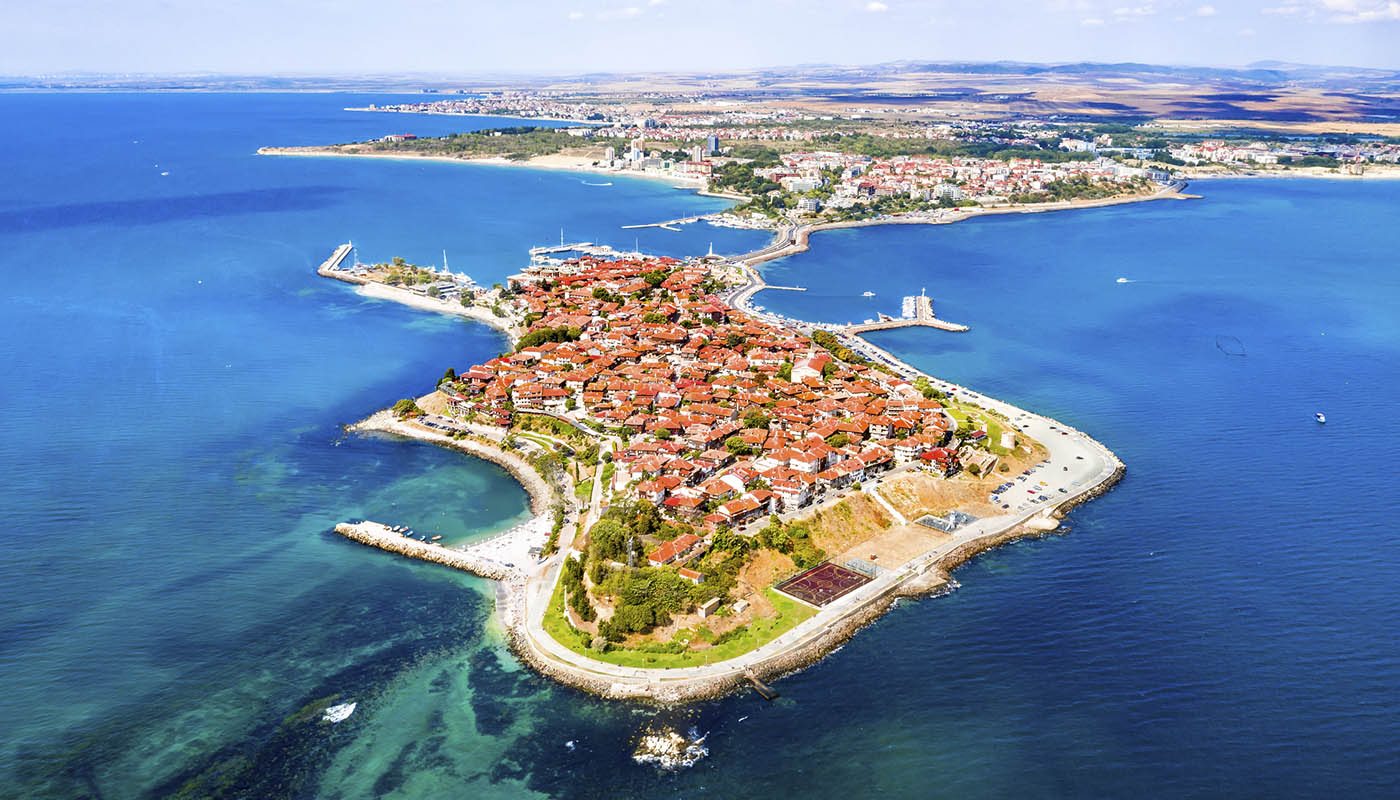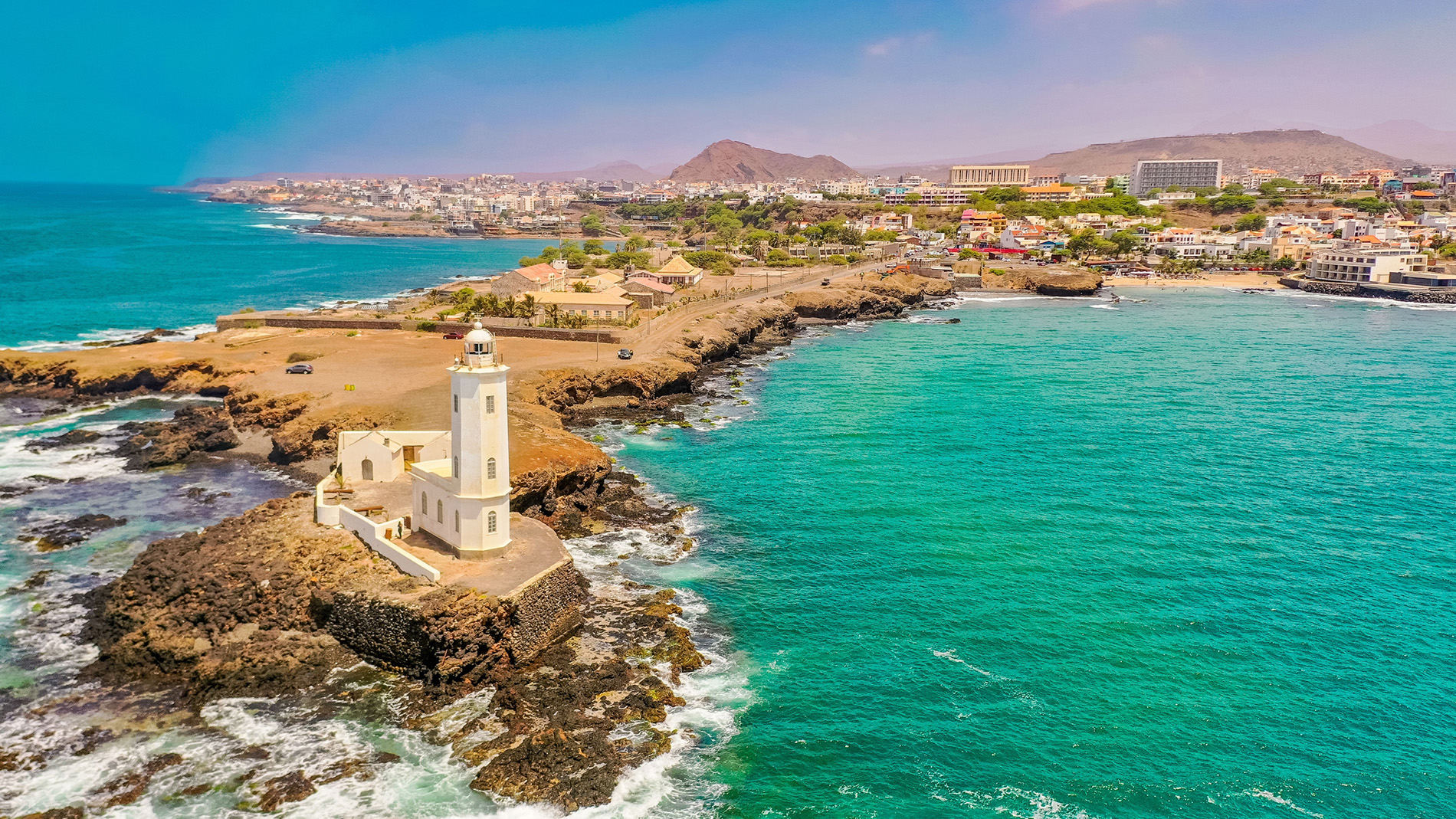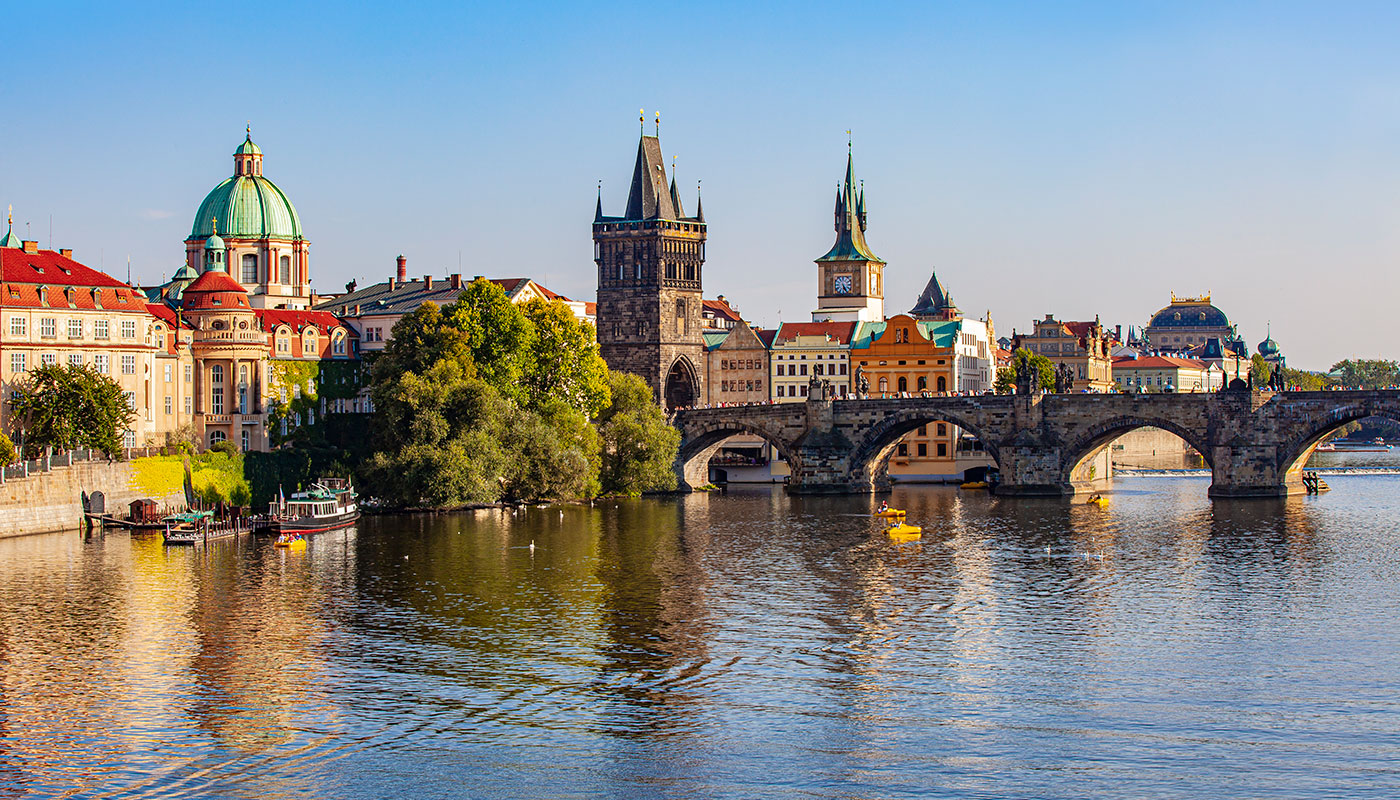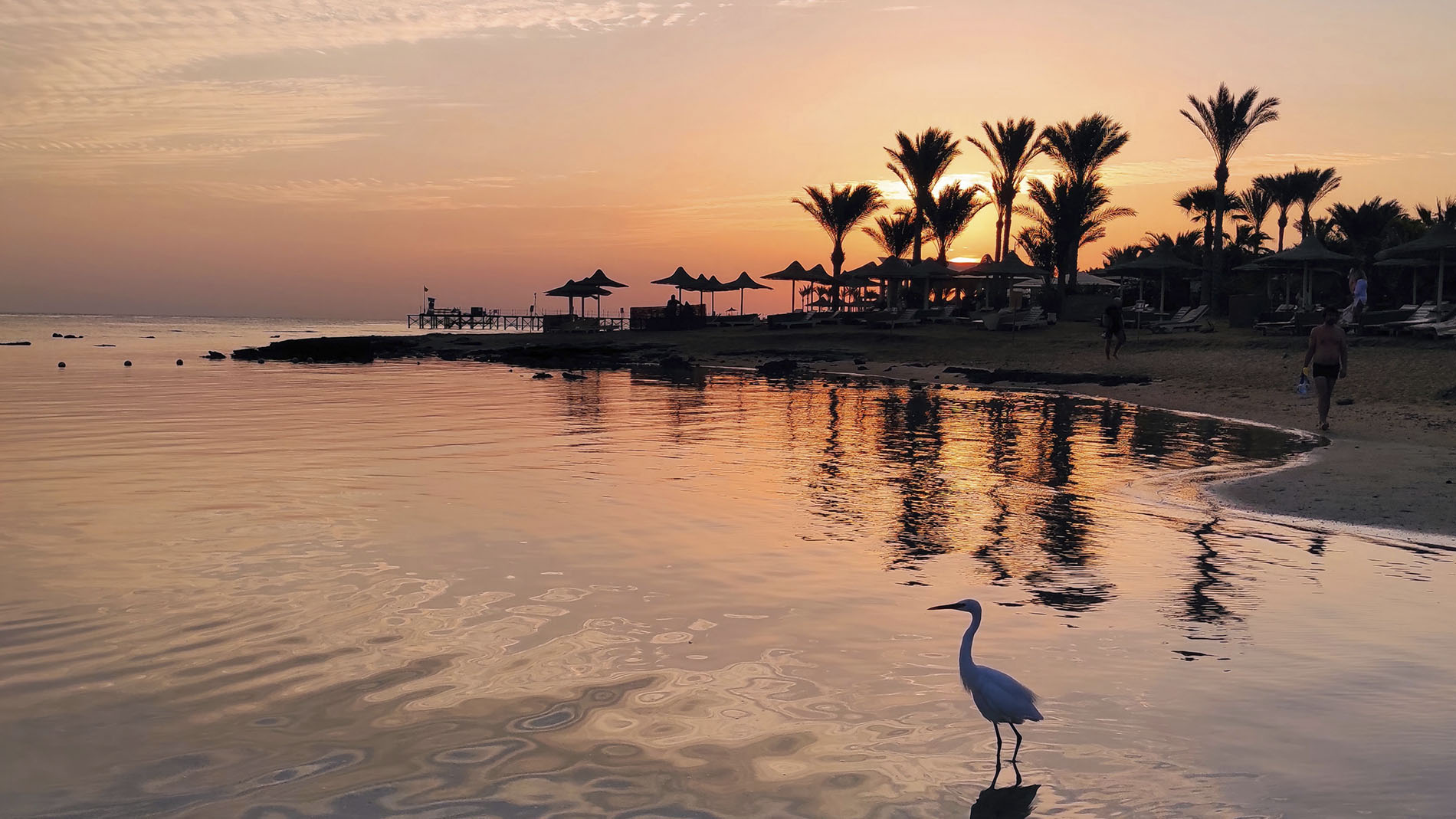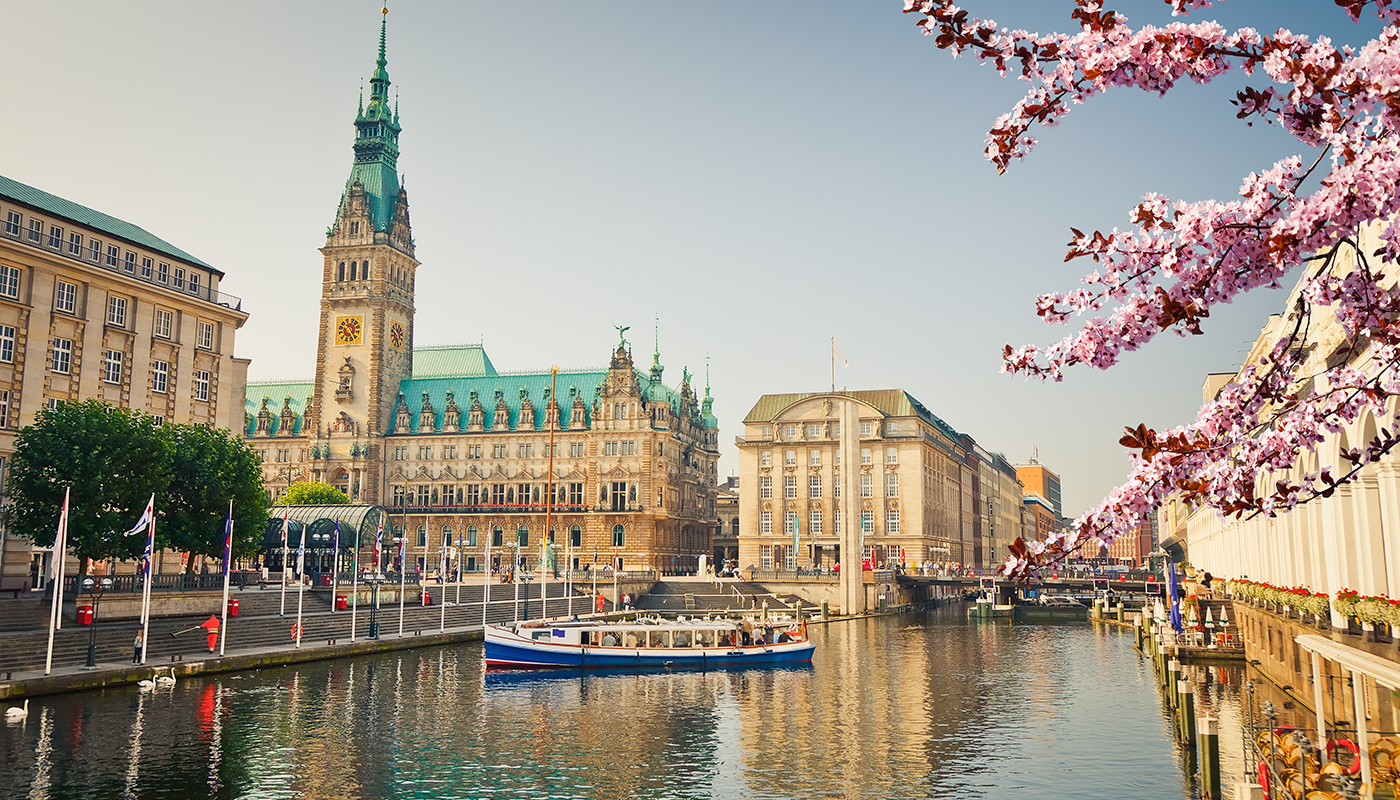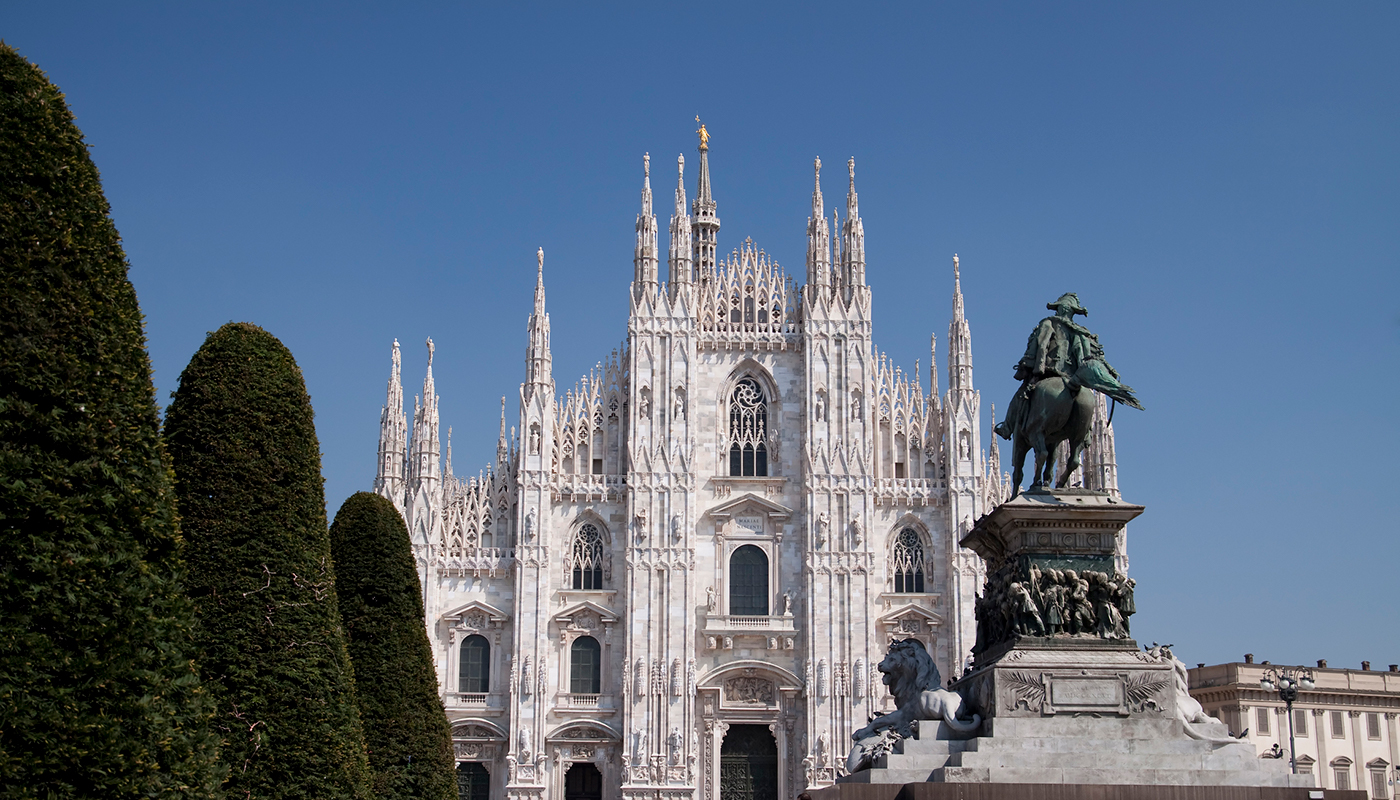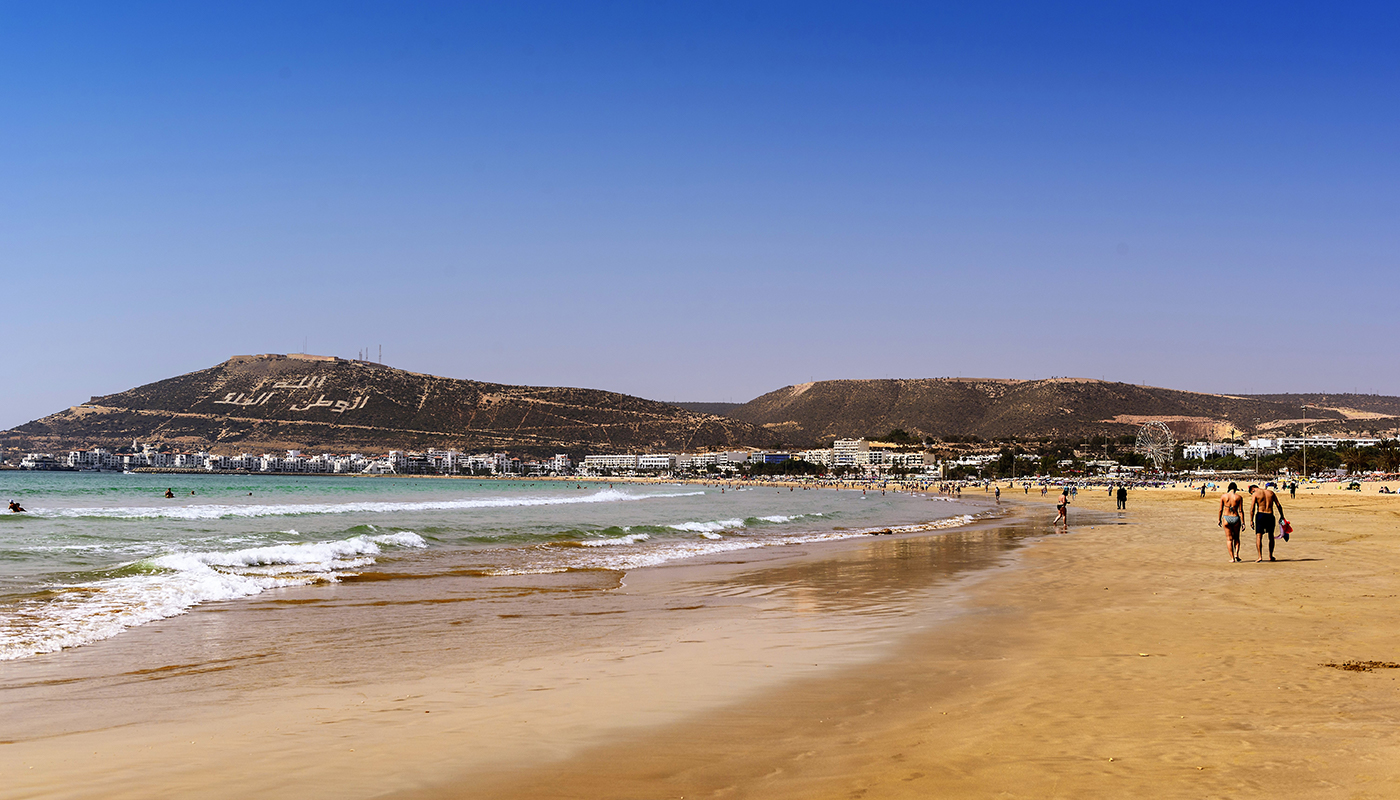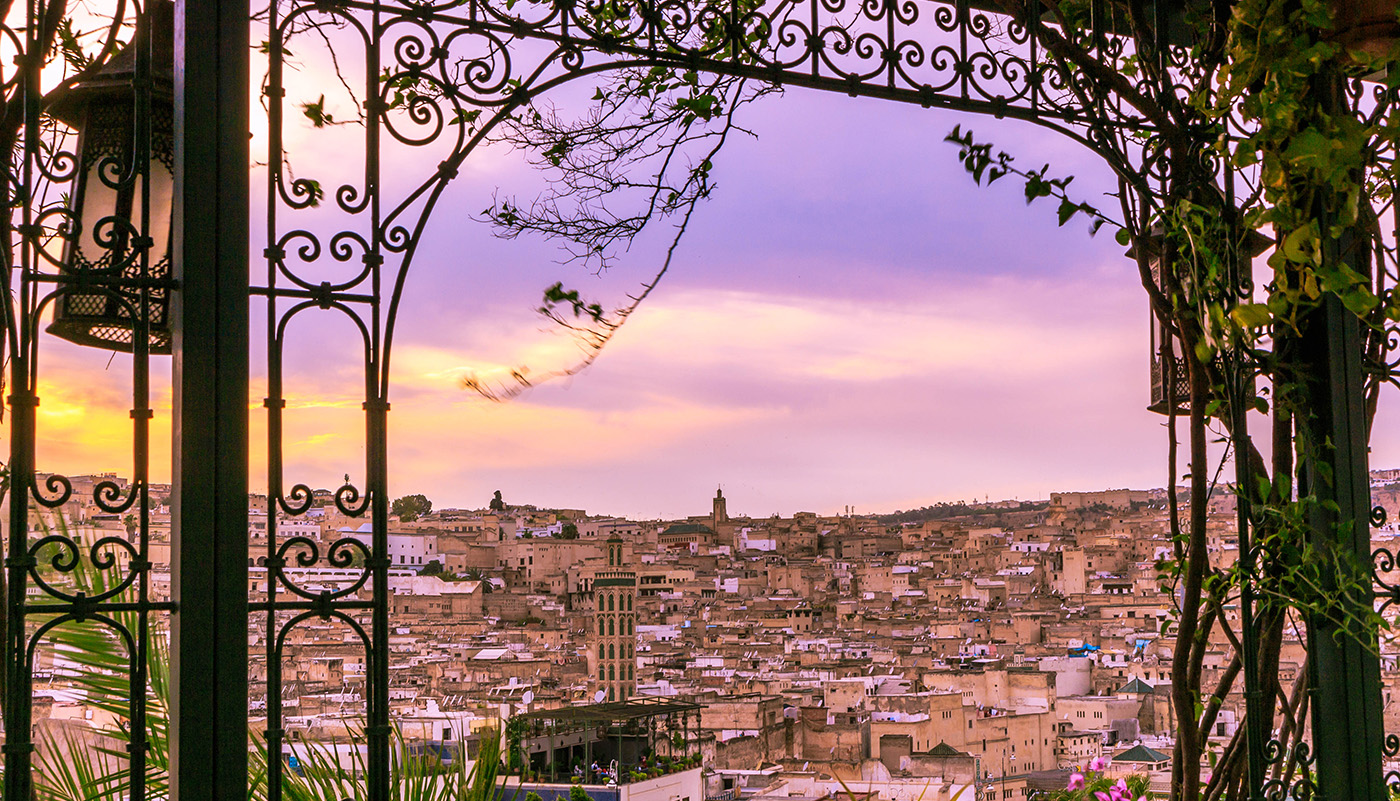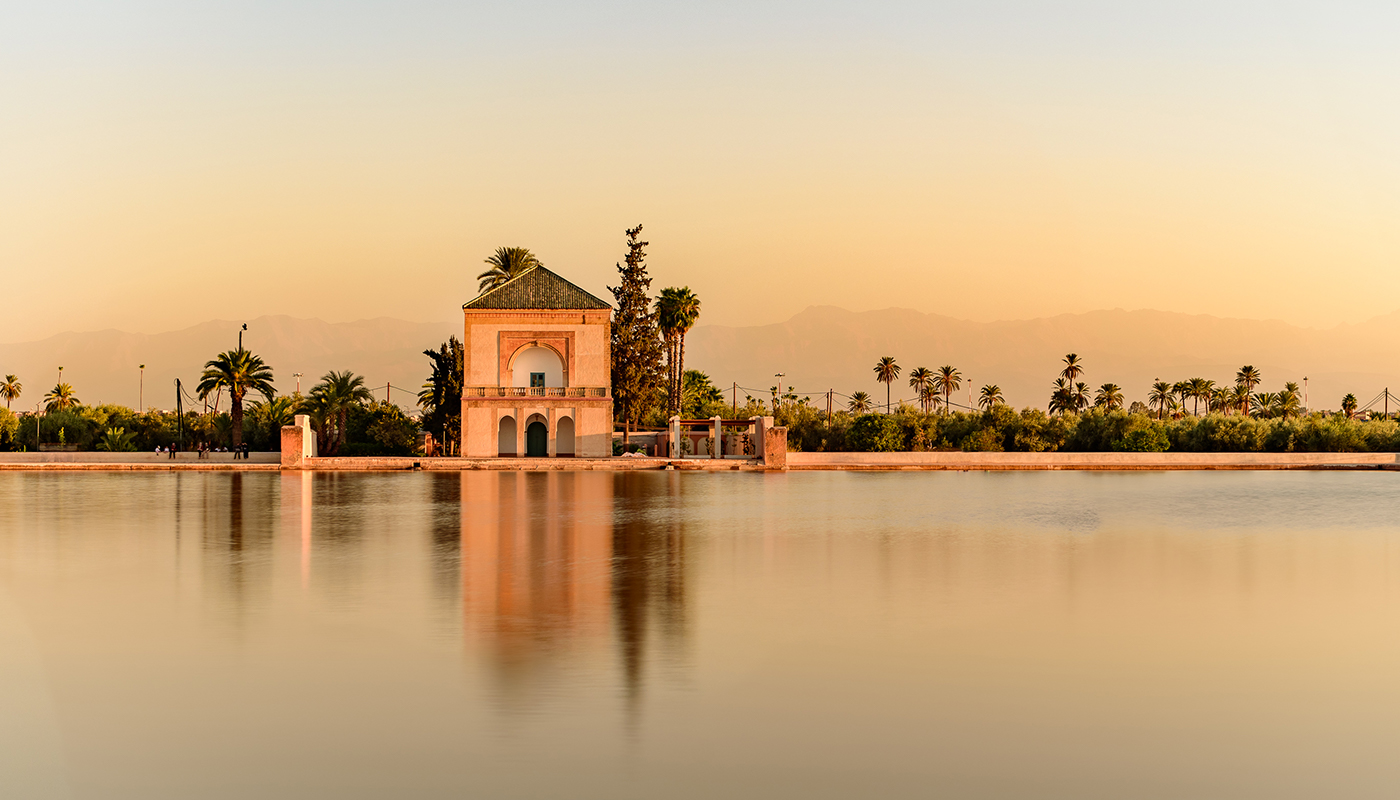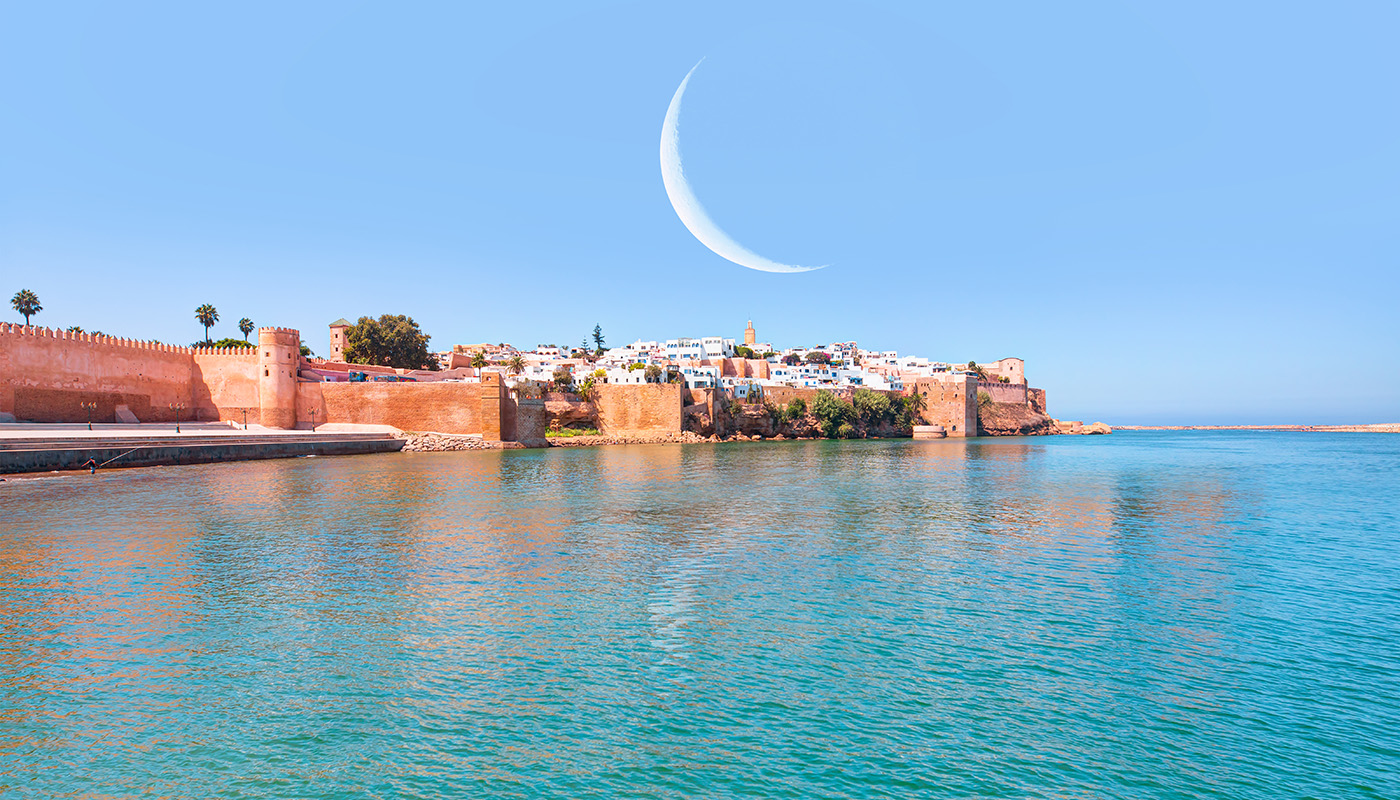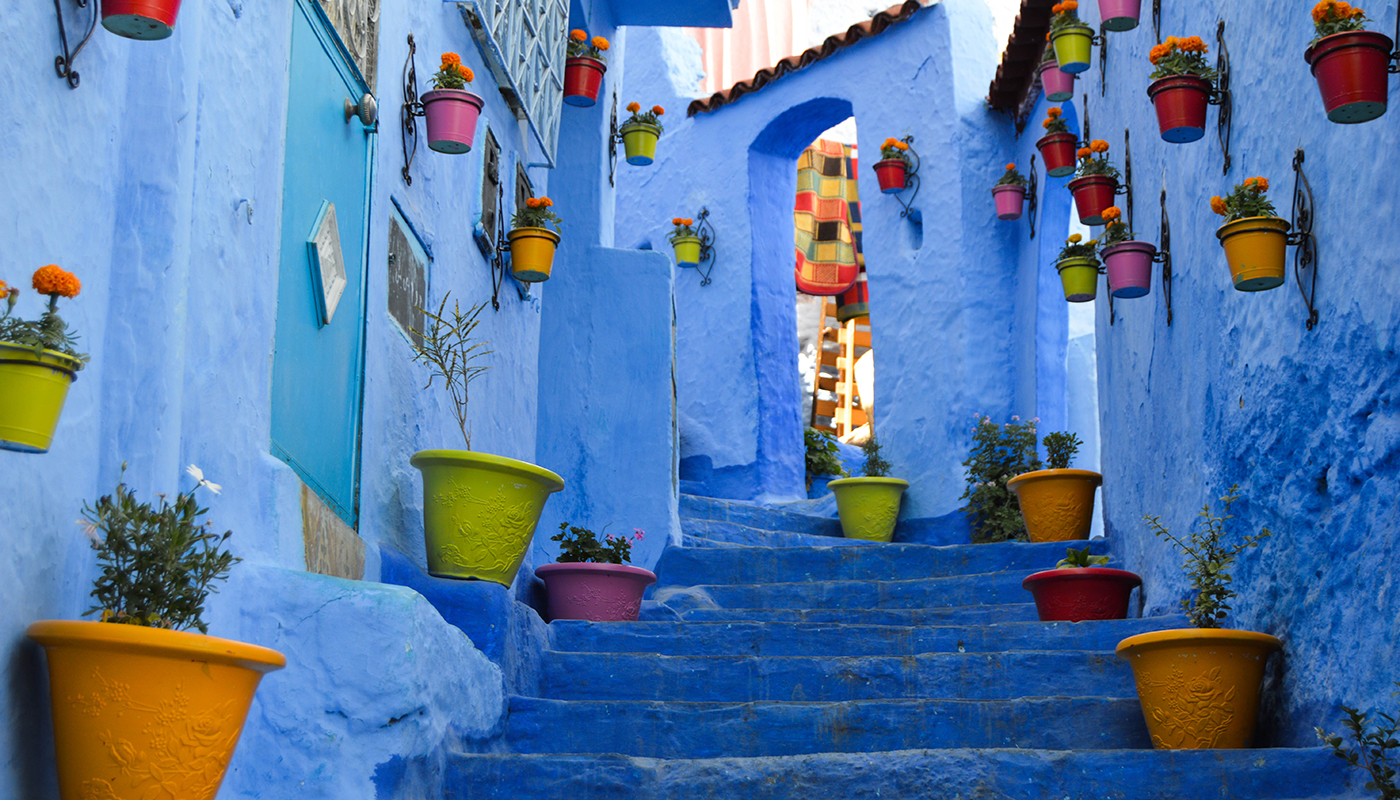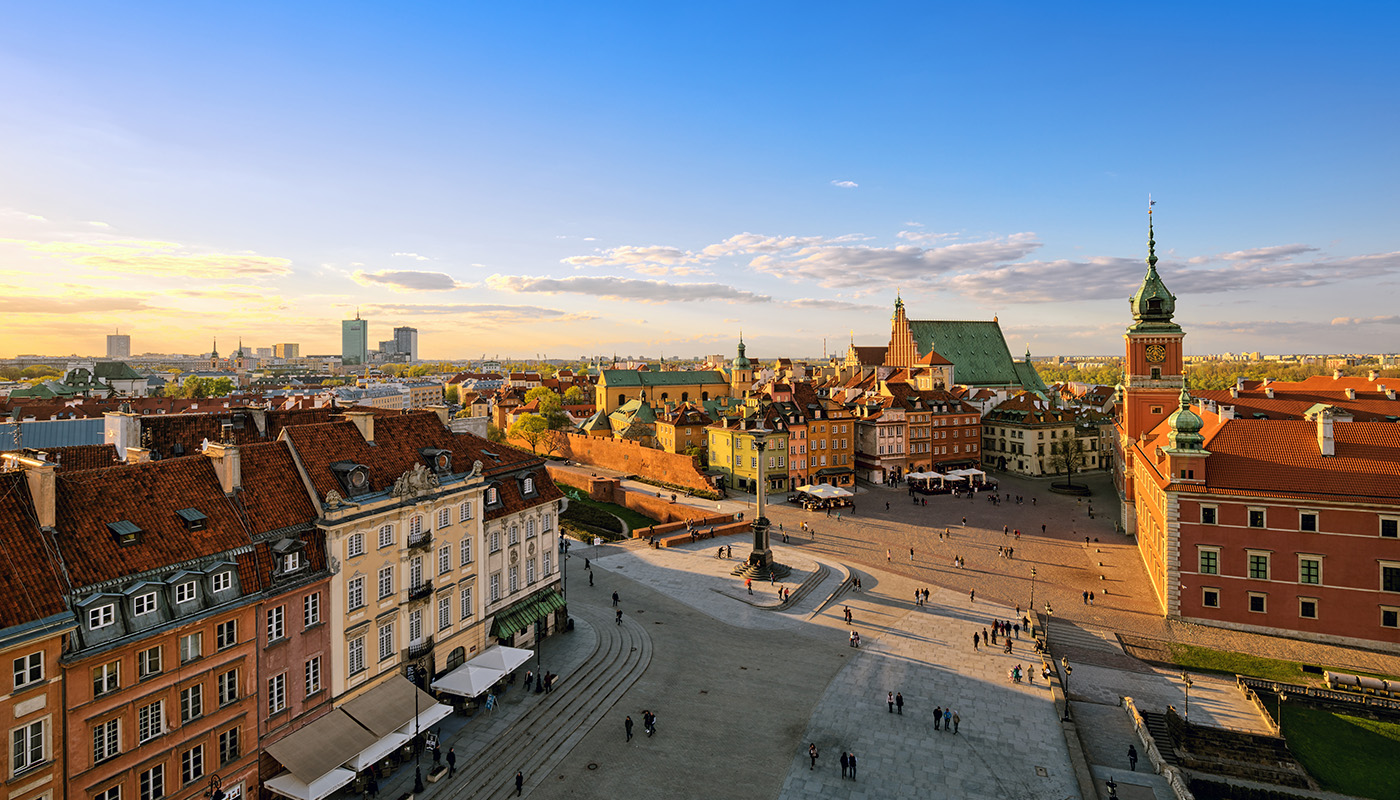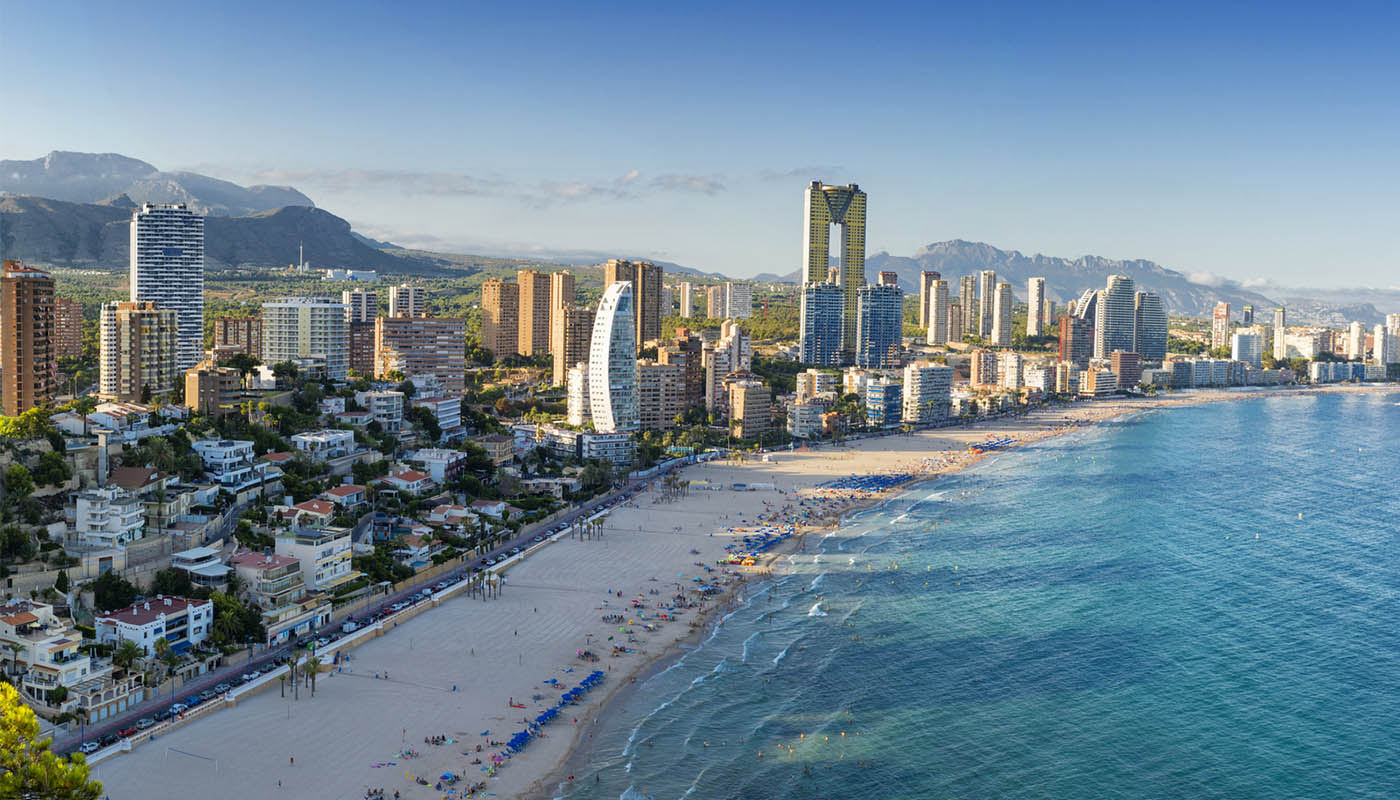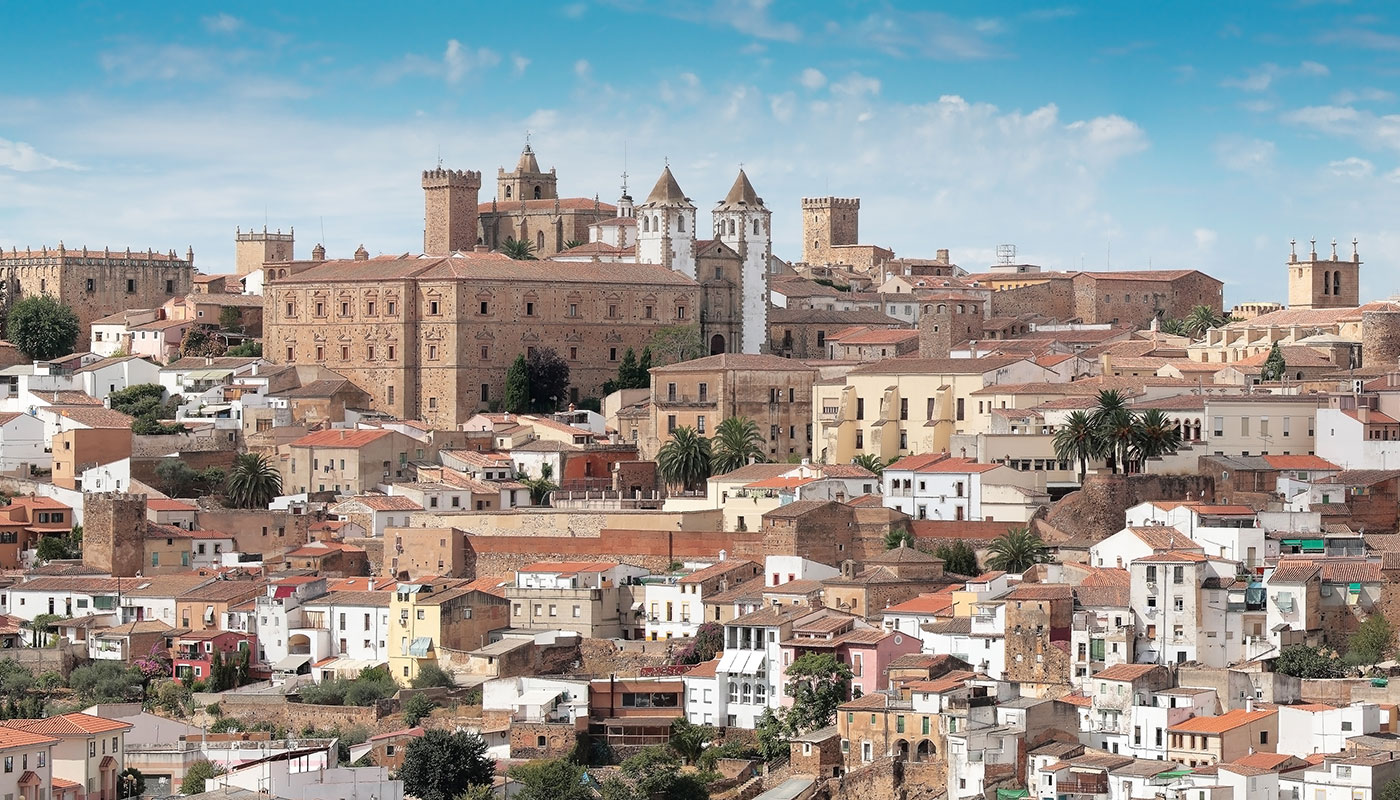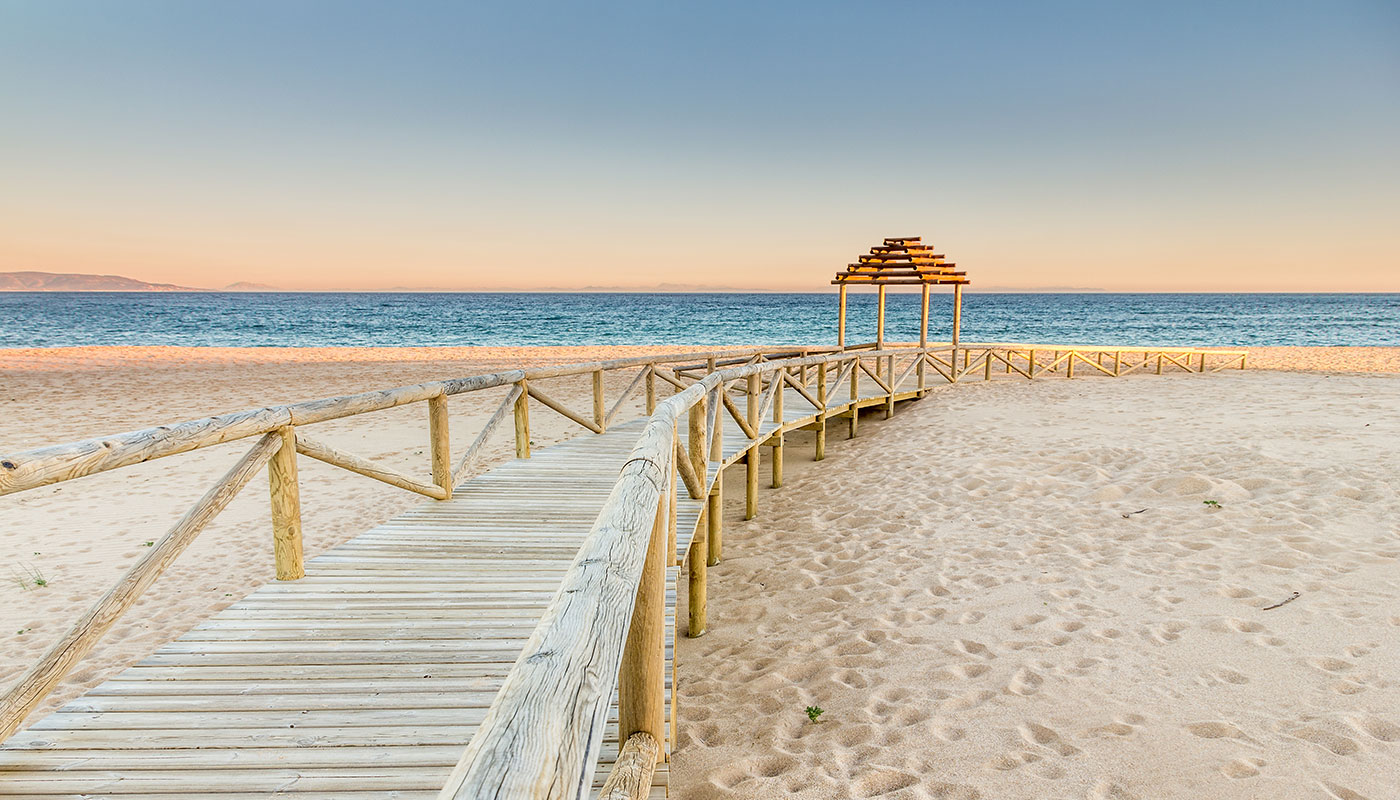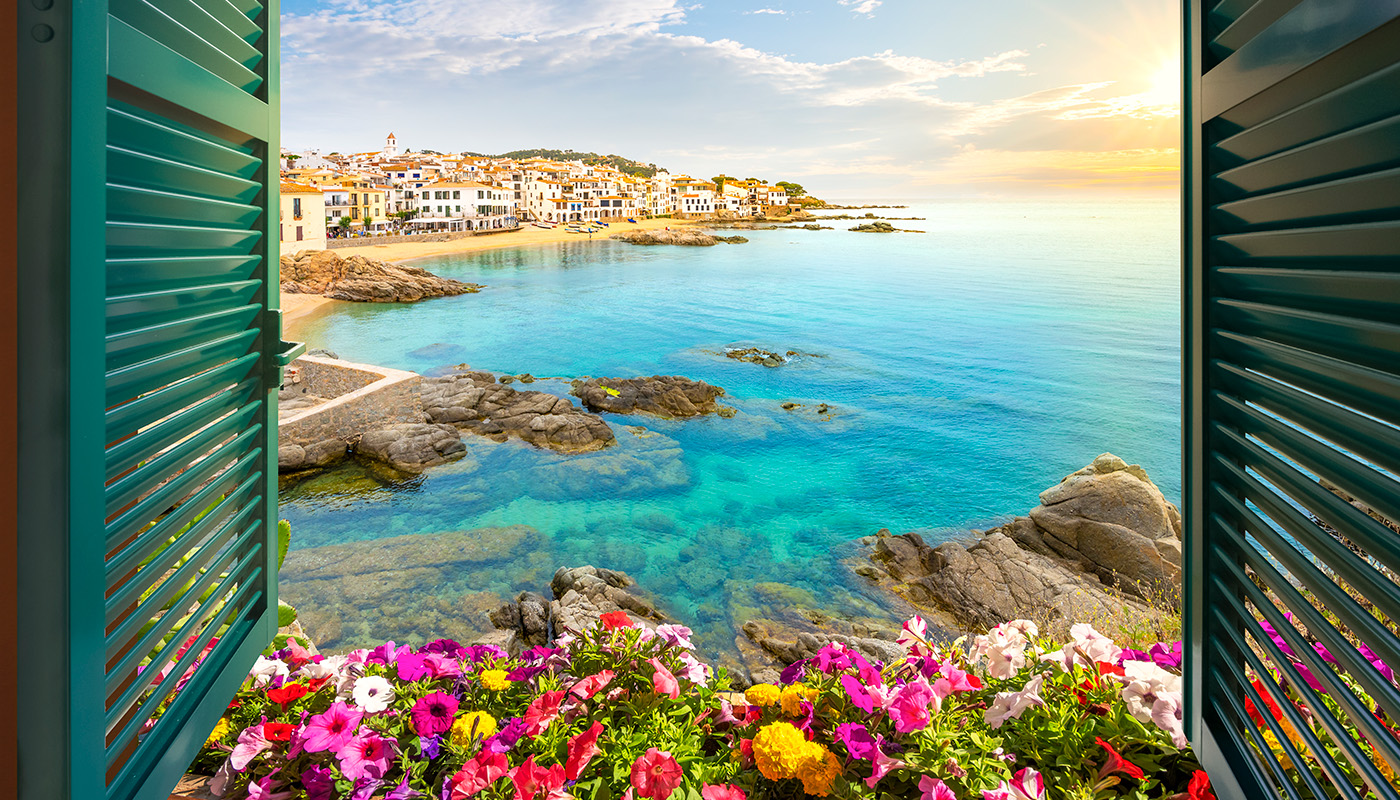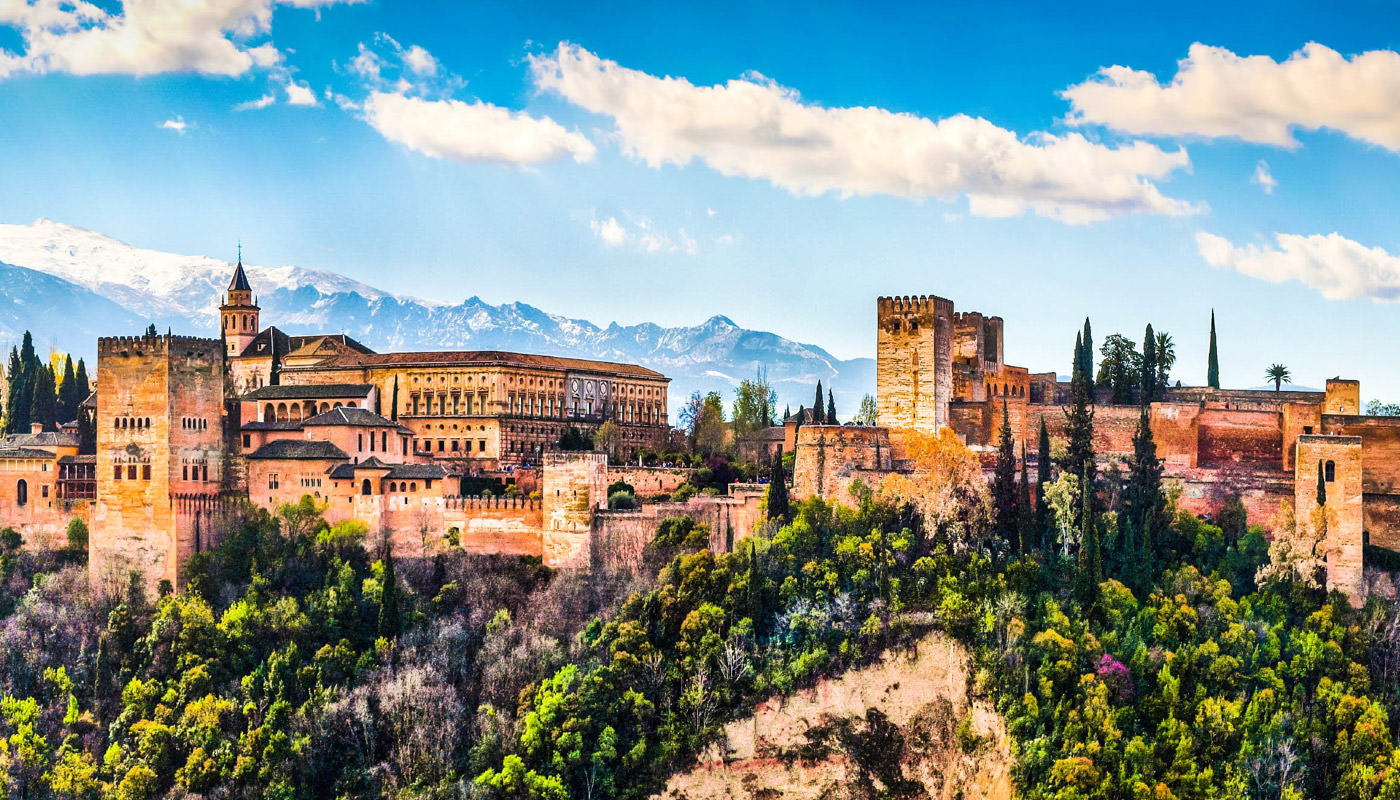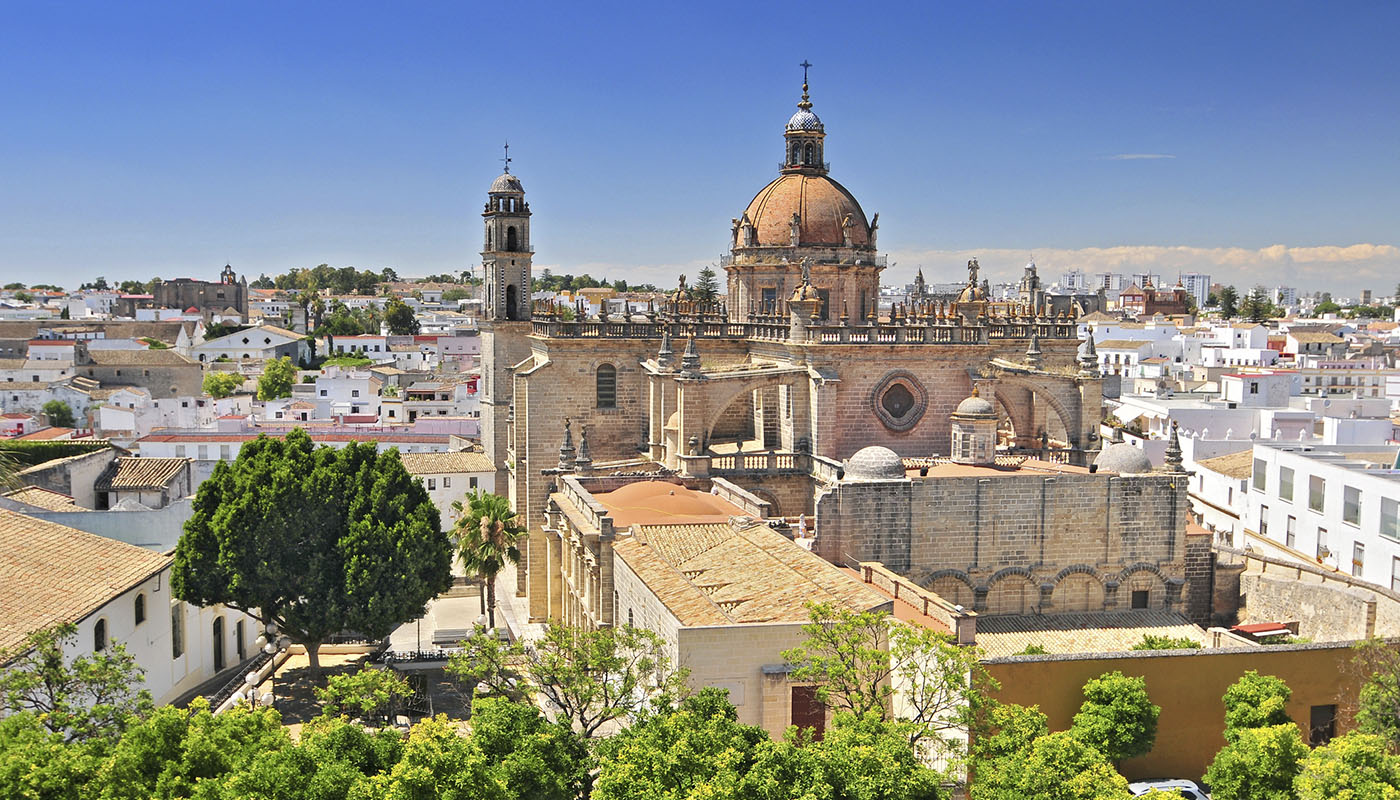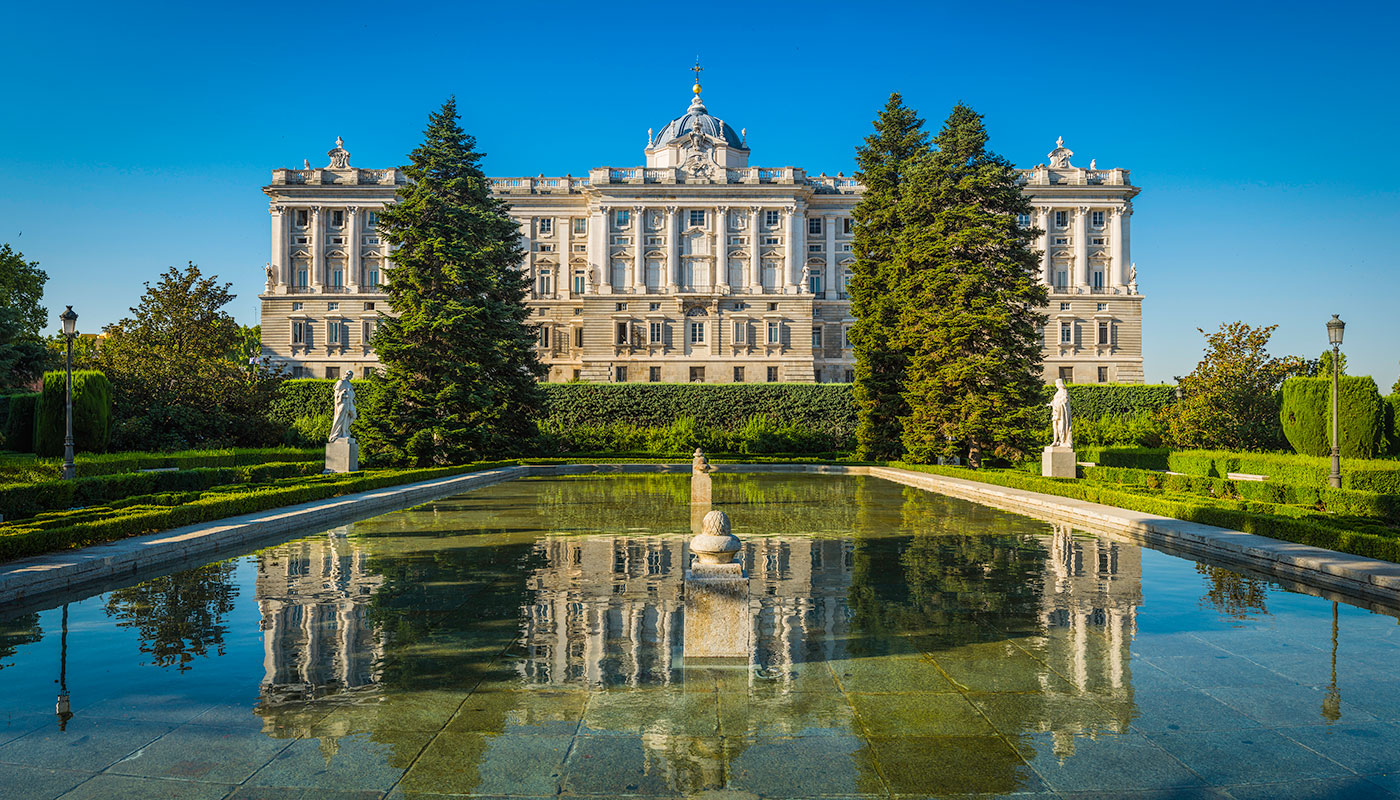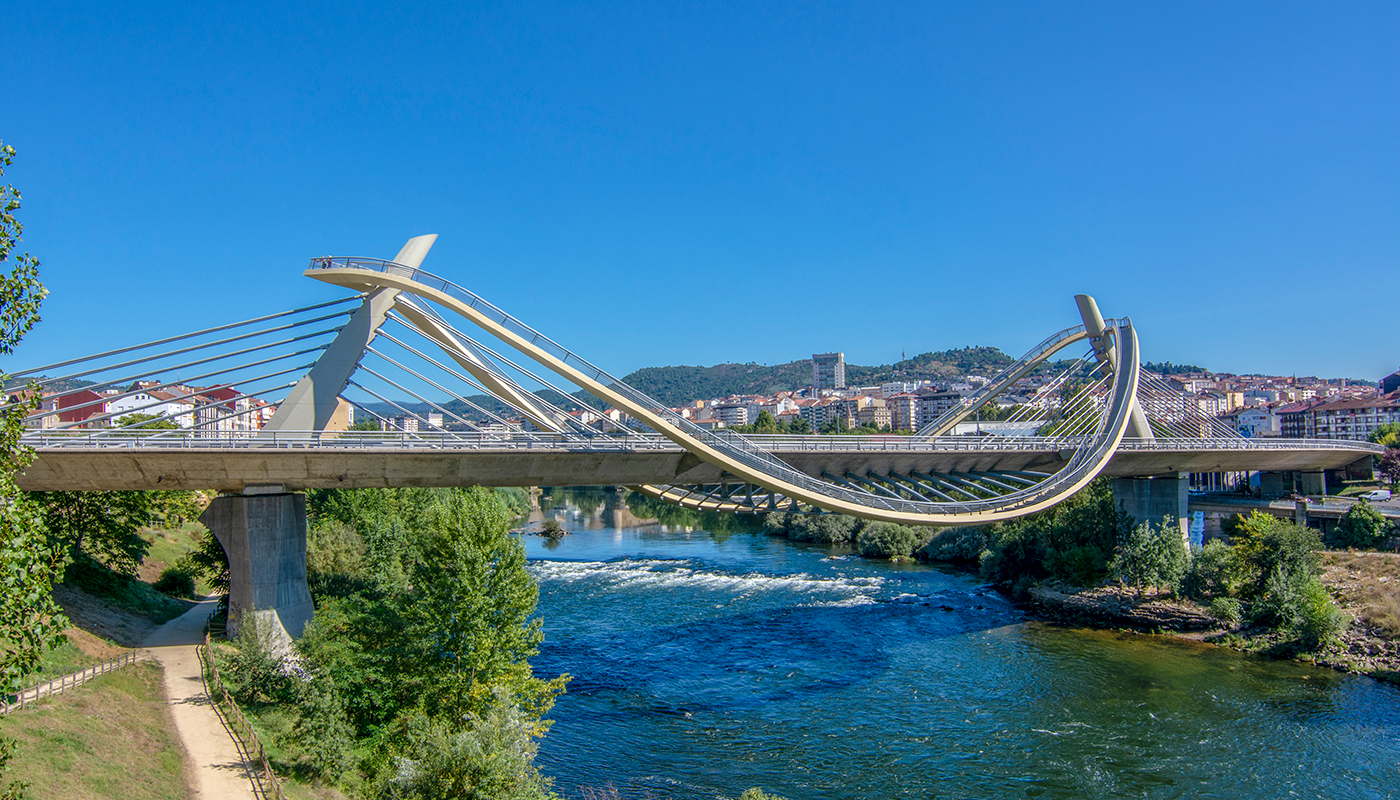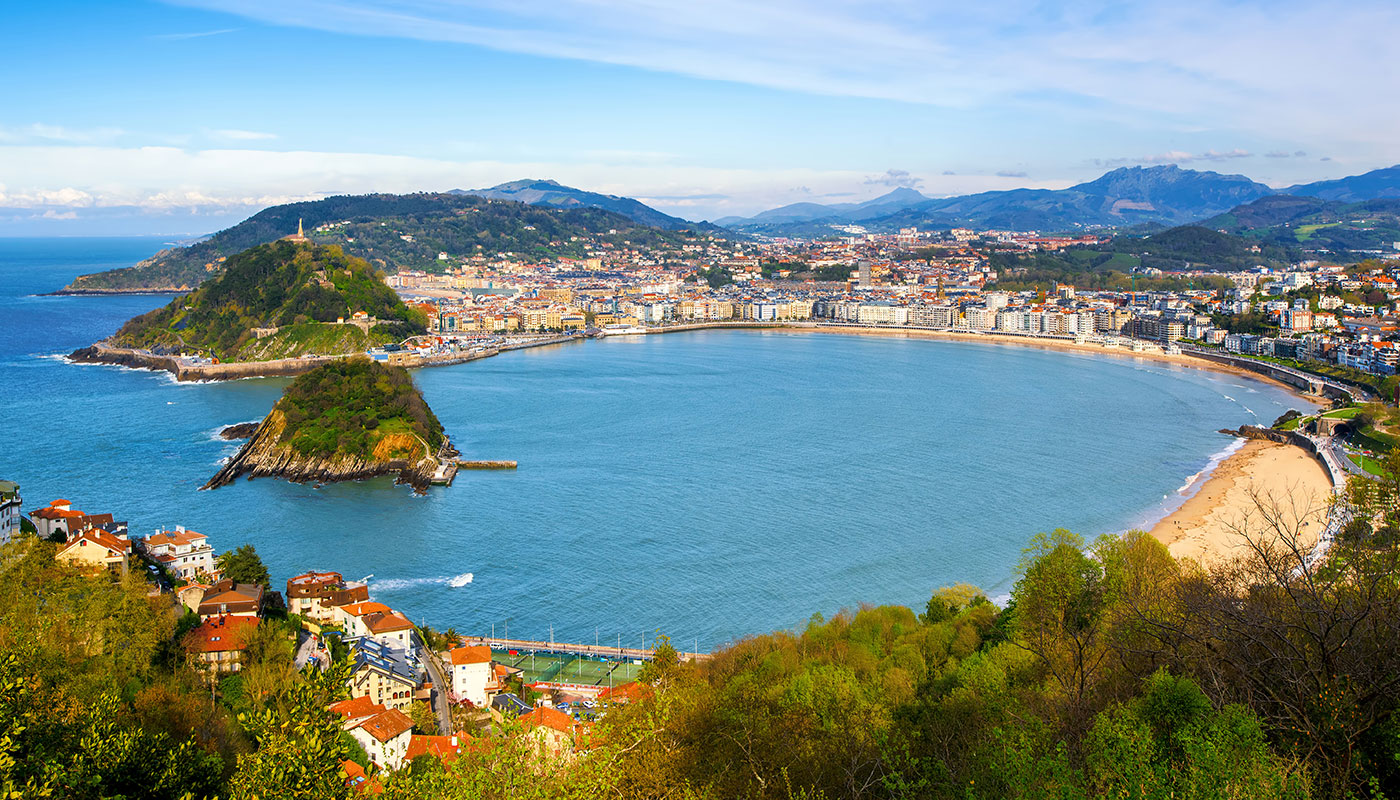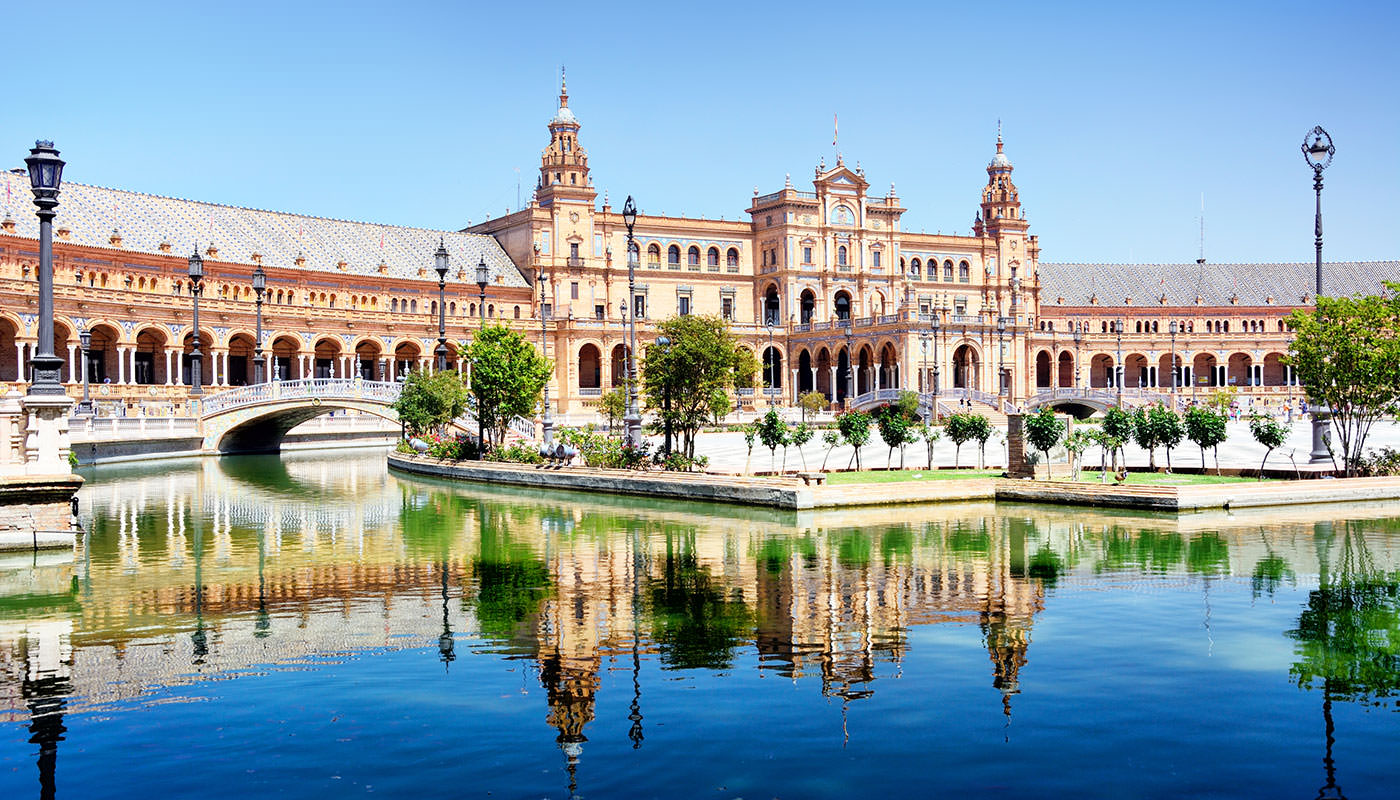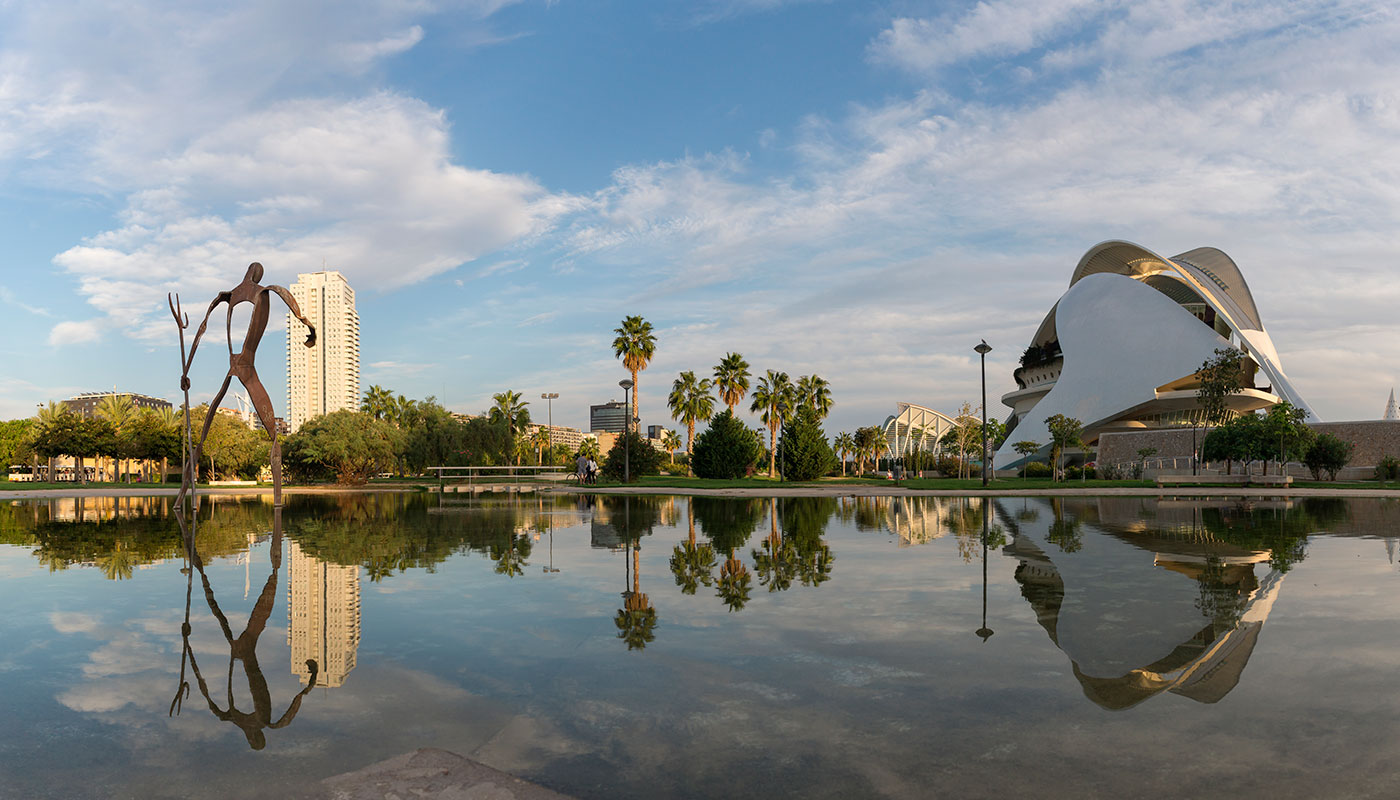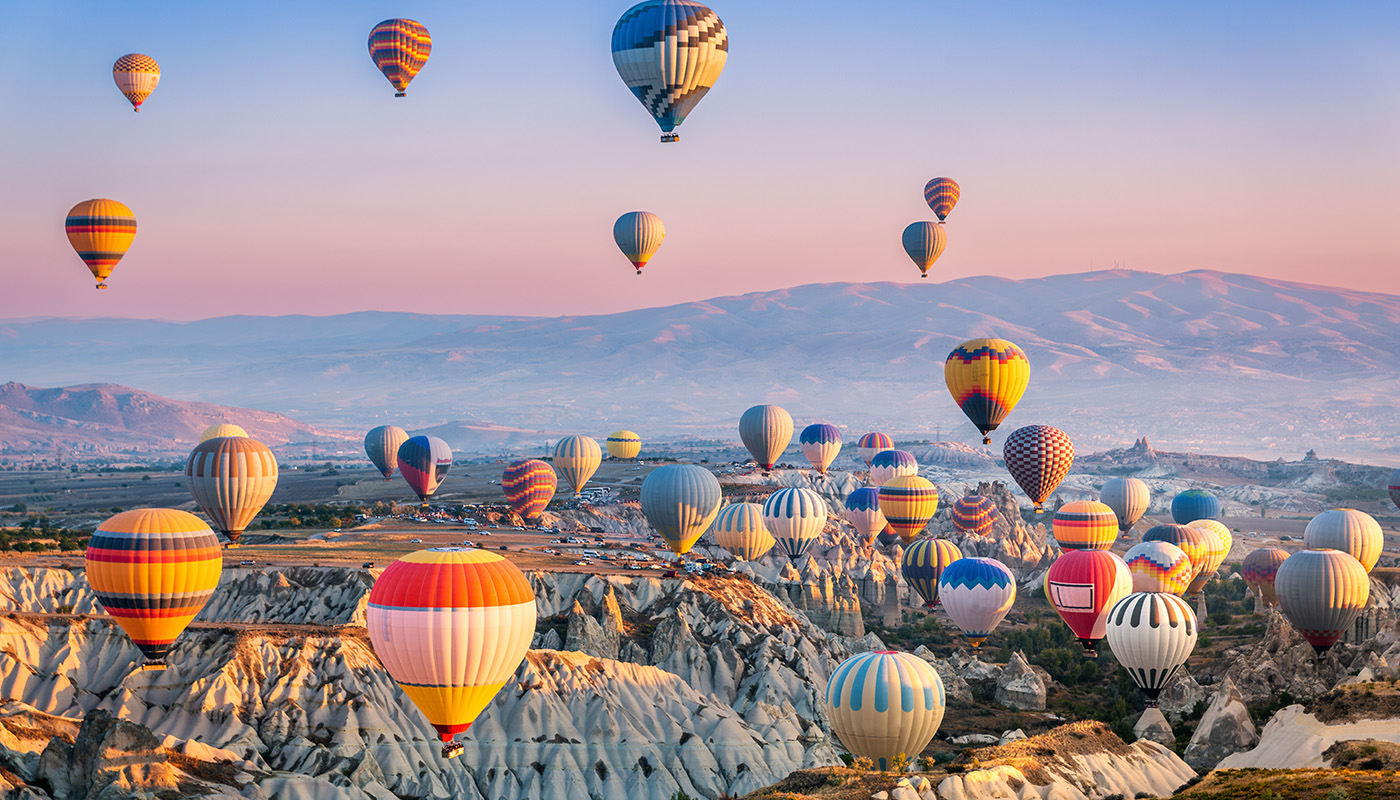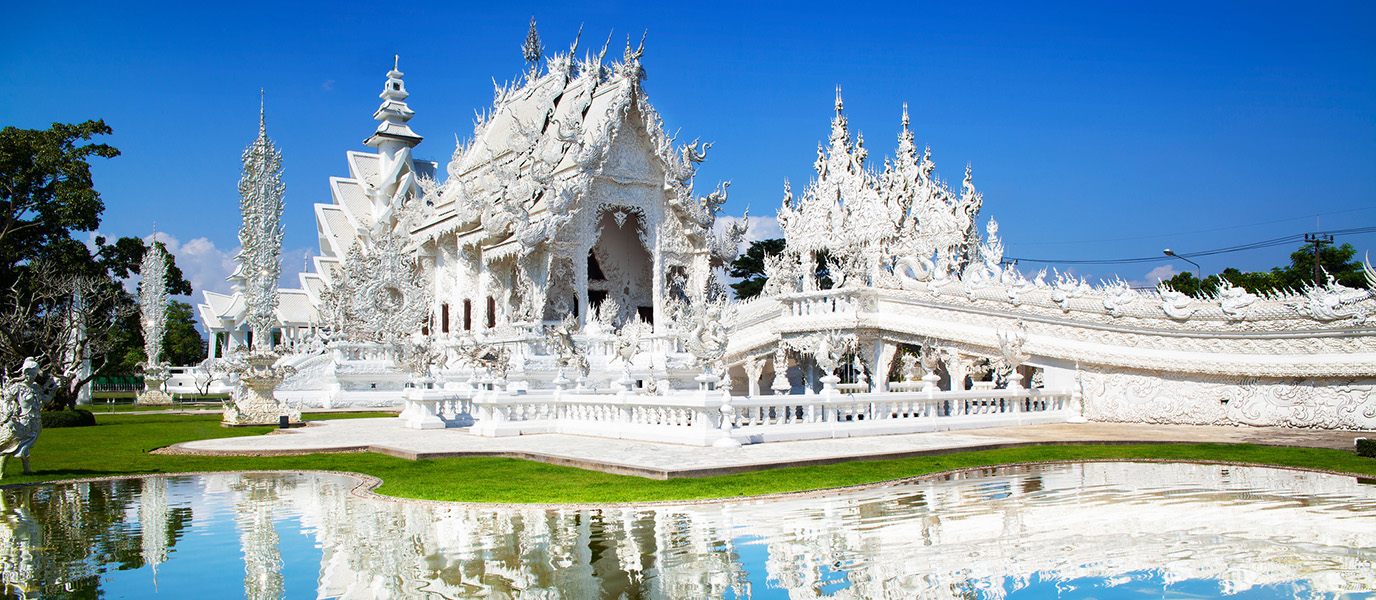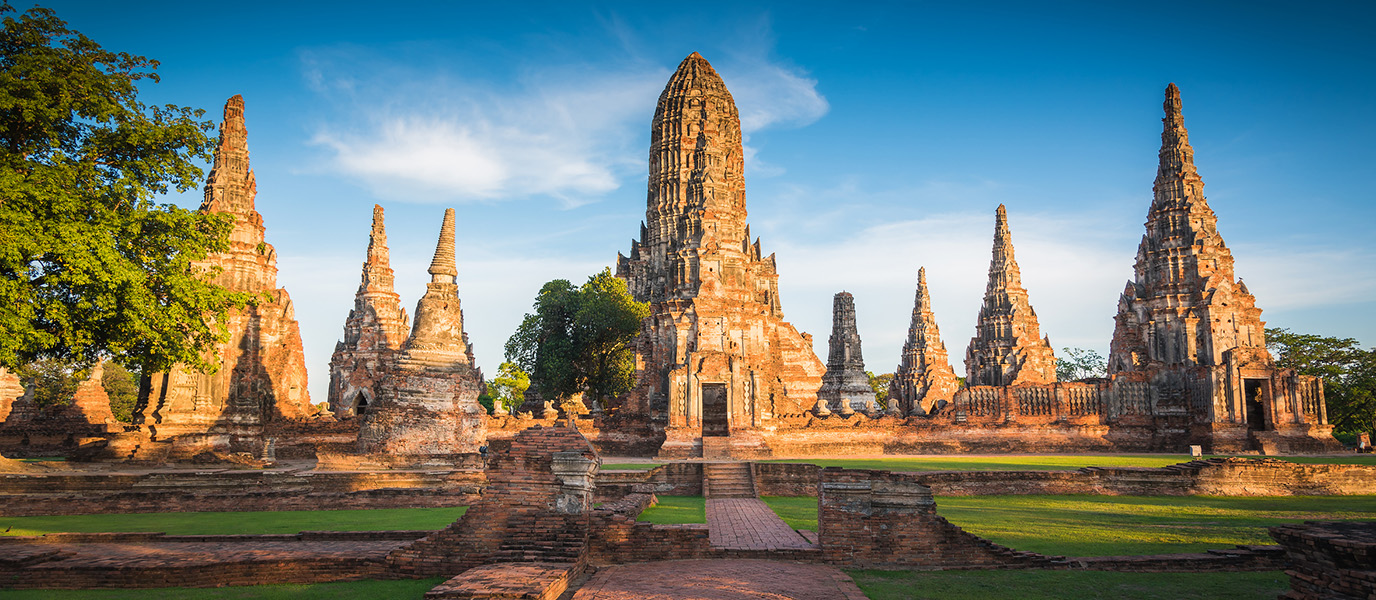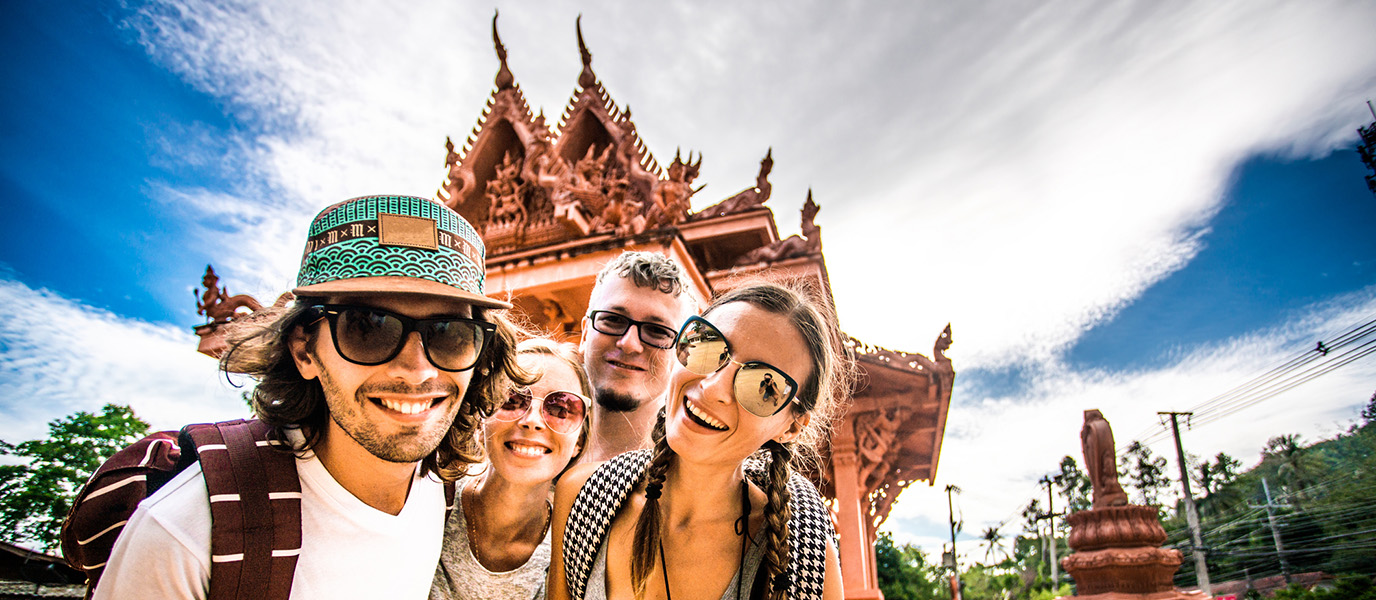Located in the Central Plains of northern Thailand, Sukhothai is one of Thailand’s tourist attractions that is especially rich in history. We need to remember that what we now know as Thailand was, centuries ago, a collection of different kingdoms. It is said that the Kingdom of Sukhothai, founded in 1238, was the embryo of the nation and became the country’s first capital city. After gaining independence from the Khmer empire, Sukhothai spread northwards thanks to Pho Khun Khamhaeng, who is credited with inventing the Thai alphabet. However, Sukhothai’s dominance lasted only until 1378, when it was invaded by the Kingdom of Ayutthaya. From then on, Sukhothai’s grip on power loosened until it was abandoned in 1548. Today, the Sukhothai Historical Park, which opened to the public in 1988, is one of the great attractions for every visitor to Thailand. It has been declared a UNESCO World Heritage Site.
The Sukhothai Historical Park
The abandoned city of Sukhothai is one of central Thailand’s best-preserved historic monuments. The ruins of the temples in this former capital city and its Buddha statues are an invitation to calm and meditation. This is one of the country’s most impressive historical parks. Here, you can race the history of the Sukhothai kingdom, whose name means ‘the dawn of happiness’. This kingdom’s golden age stretched from the mid-thirteenth century to the end of the fourteenth century, and its dynasty included nine kings, until Sukhothai was absorbed by Ayutthaya.
Now the ruins of the former city of Sukhothai are a historical park with around 40 temple complexes. The park is divided into five areas. In the centre is the Royal City, protected by moats and defensive walls. The other areas are spread out around it and they too have remarkable ruins, such as the Wat Si Chum Buddha monument.
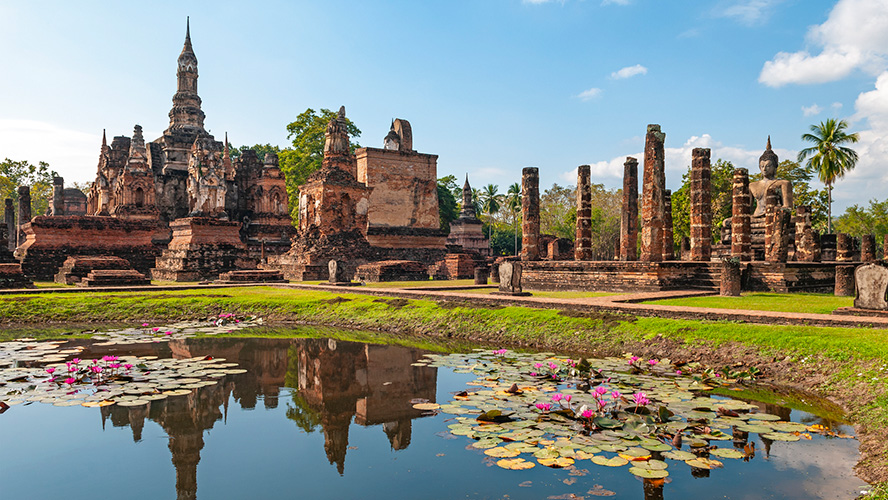
Temples in the central area
In the central area (and within the walls of the old city), there lies a complex of monuments covering an area of 45 square kilometres. The outstanding element is Wat Mahathat, which is surrounded by gardens and is considered the spiritual centre of the kingdom of Sukhothai. It is the park’s largest temple, and is surrounded by brick walls and a moat. Some majestic Buddhas remain among the columns of the former sanctuary.
Another site worth seeing is Wat Traphang Thong, which stands next to a small lake with lotus flowers. This has a Buddha footprint in stone which is still venerated by the monks who live in the complex. The large pond that surrounds the temple provides the setting for the Loi Krathong festival, and is Sukhothai’s main source of water.
Next to this temple stands the Ramkamhaeng National Museum, which displays photographs taken of the Sukhothai ruins between around 1900 and 1920, before they were restored. The museum also displays a replica of the famous Ramkhamhaeng inscription (probably the oldest Siamese scripture text), and an important collection of artefacts from Sukhothai.
Temples in the surrounding area
In the eastern area of the Royal City stands the temple of Wat Chang Lom, which represents the legendary Mount Meru and whose base is surrounded by 36 elephants in brick and stucco. Visitors can also see the Wat Chedi Sung, with its raised square base, typical of the late Sukhothai period.
To the north of the Royal City lies the Wat Phra Phai Luang complex, which seems to have formed part of the thirteenth-century settlement. Here, only one of the three original twelfth-century Khmer-style towers remains standing, with its stucco reliefs. Close by is Wat Si Chum, which has an enormous, 15-metre-tall, seated Buddha in brick and stucco looking out from a wide orifice hollowed into the ground.
Throughout the mountainous area to the east of the Royal City, there are more ruins. The most important of these is probably that of Wat Saphan Hin, because it has a 12.5-metre-tall image of Buddha. Its name means ‘stone bridge’, a reference to the slate path that leads up to it. Wat Pa Mamuang is also of interest because of its inscriptions relating to King Loe Thai.
